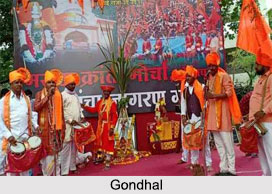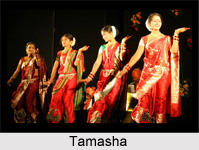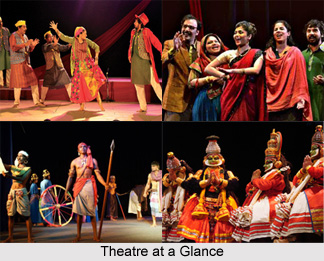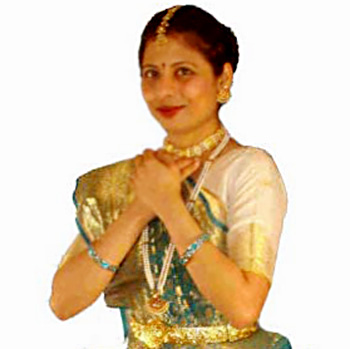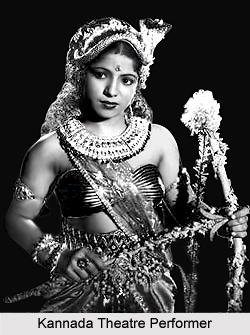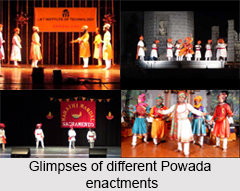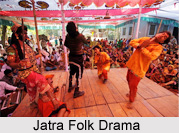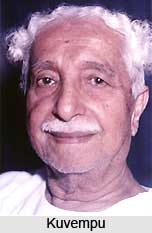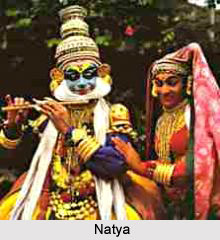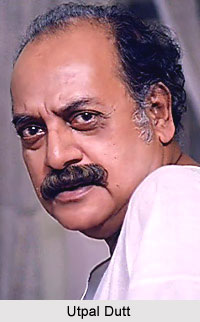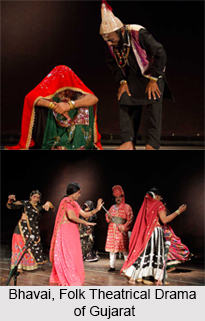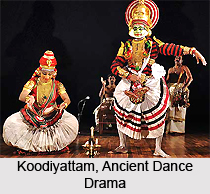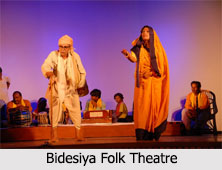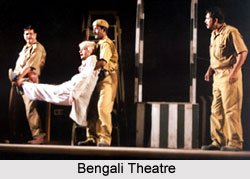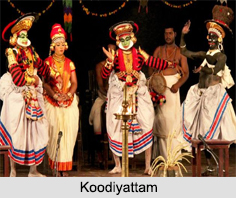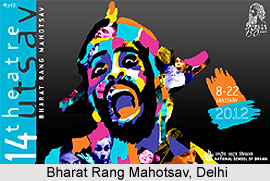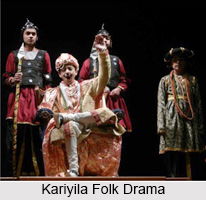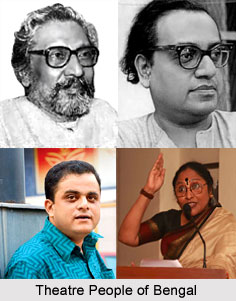The literal meaning of vilasam is, pleasure. It is a Tamil theatre form. It came into vogue in the nineteenth century. The Maratha rulers of Thanjavur used to invite Parsi theatre companies to perform at their court. Folk Terukkuttu and Parsi theatre combined to give birth to Vilasam in the tradition of Carnatic music, just as Kirttanai grew out of Telugu influences. Soon it also became a literary genre. Not all the scripts were written with intention of staging. Dictionaries define the connotations of vilasam as `dance and play`, and as a suffix it is used interchangeably for dramatic literature and performance. For example, Markandeya natakam i.e. `Markandeyas Drama` is also titled as Markandeya vilasam. In Sri Lanka, Vilasam texts are found to be close to Terukkuttu texts.
This article is a stub. You can enrich by adding more information to it. Send your Write Up to content@indianetzone.com
